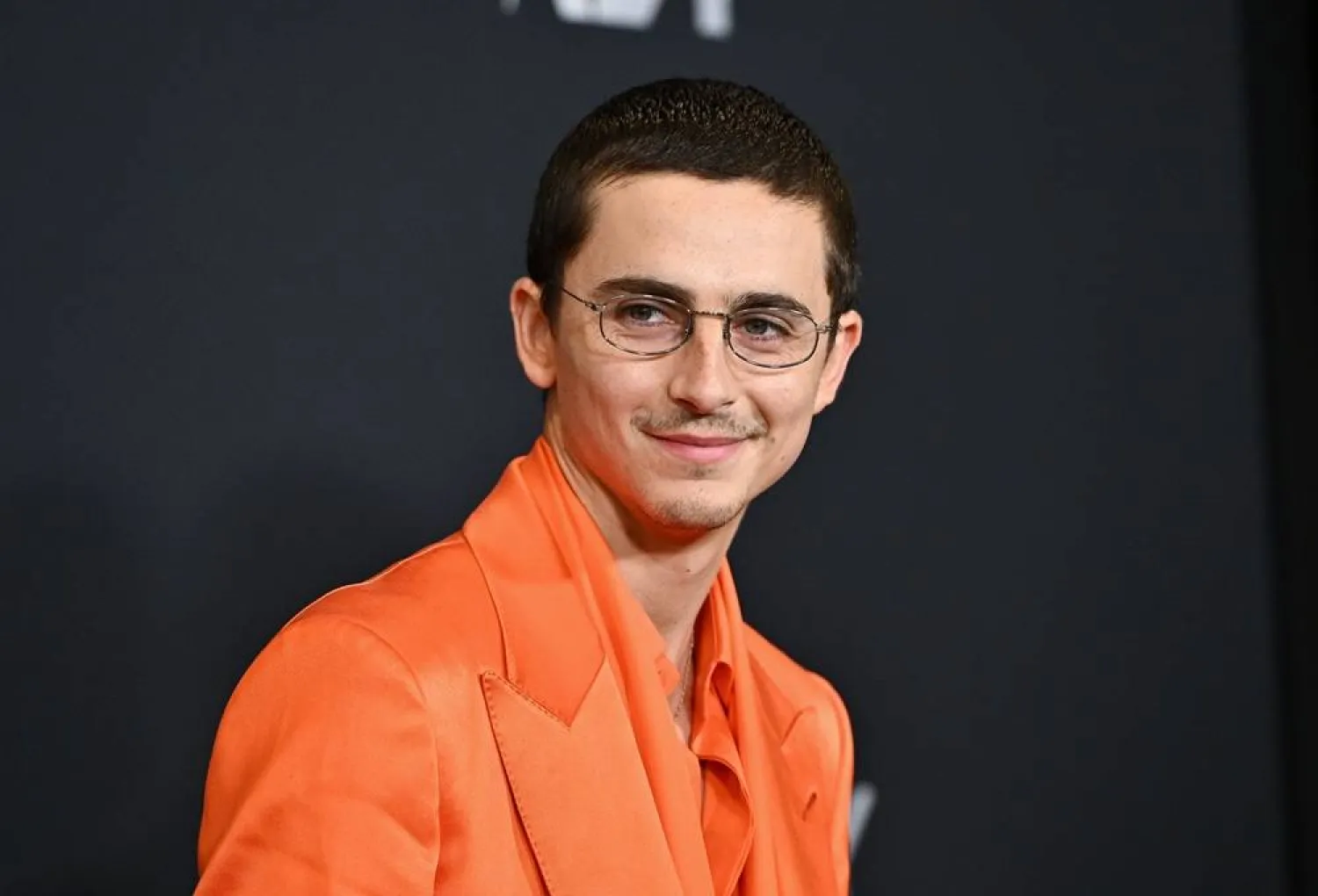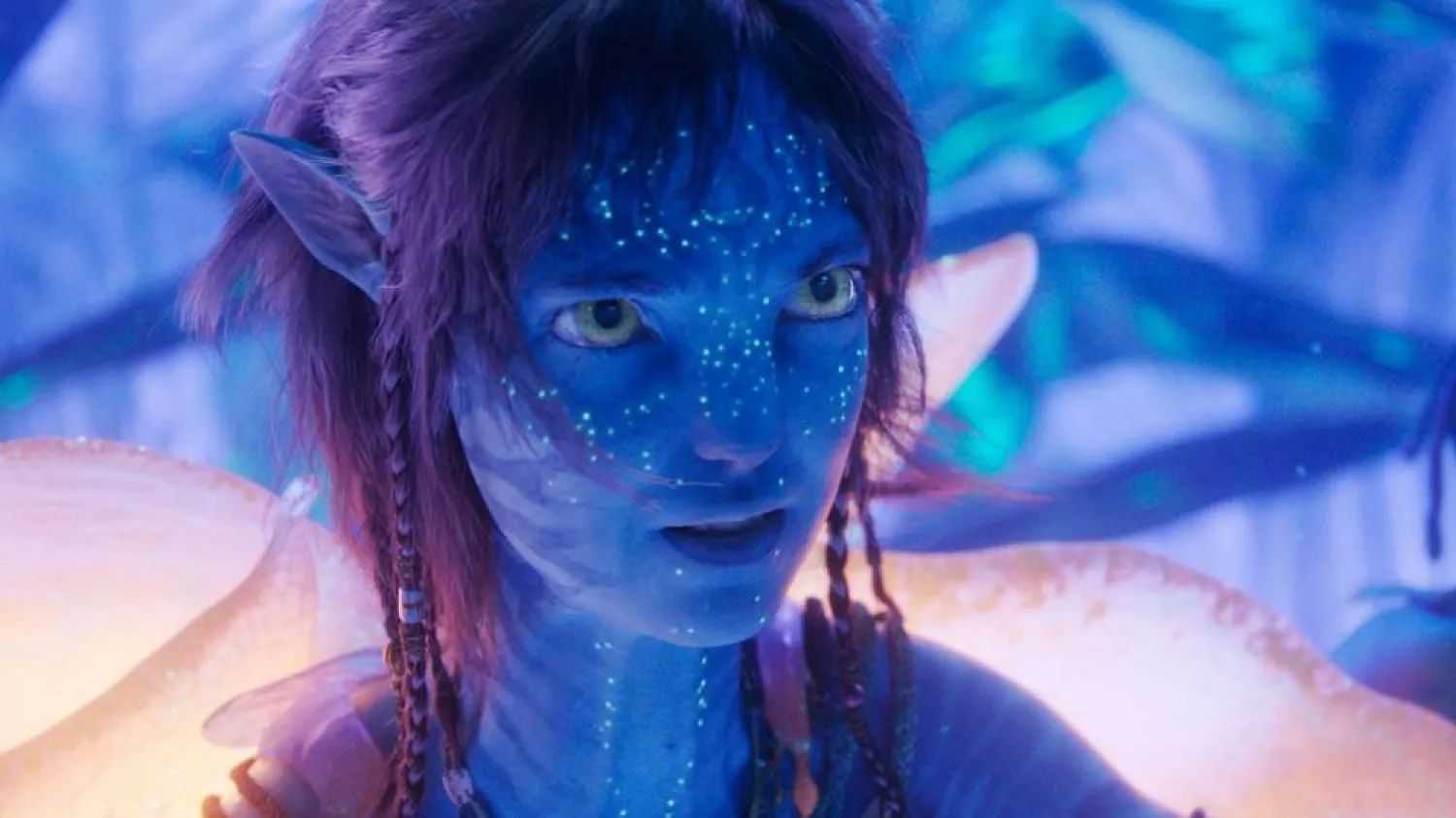Papal thriller “Conclave” won four prizes including best picture on Sunday at the 78th British Academy Film Awards, where genre-bending musical “Emilia Pérez” proved that it’s still an awards contender despite a multipronged backlash that looked to have dented its chances.
At a ceremony where no film dominated, “The Brutalist” equaled the awards tally of “Conclave," scooping four trophies, including best director for Brady Corbet and best actor for Adrien Brody. Mikey Madison won the best actress prize for Brooklyn tragicomedy “Anora.”
“Conclave,” which stars Ralph Fiennes as a cardinal corralling conniving clergy as they elect a new pope, beat “Anora,” “The Brutalist,” “Emilia Pérez” and Bob Dylan biopic “A Complete Unknown” to the top prize. “Conclave” was also named outstanding British film and took trophies for editing and adapted screenplay.
Supporting performer prizes went to Kieran Culkin for “A Real Pain” and Zoe Saldaña for “Emilia Pérez,” which also won the award for best film not in the English language.
From the BAFTAs to the Oscars
Stars including Cynthia Erivo, Hugh Grant, Ariana Grande, Lupita Nyong’o, Timothée Chalamet and Saoirse Ronan walked the red carpet at London’s Royal Festival Hall for the awards, known as BAFTAs. The British prizes often provide clues about who will triumph at Hollywood’s Academy Awards on March 2, in an unusually hard-to-call awards season.
They also have a distinctly British accent. The ceremony kicked off with its kilt-wearing host, Scottish actor David Tennant, leading the audience in a rousing singalong of The Proclaimers’ anthem “I’m Gonna Be (500 Miles).”
Madison won the female acting trophy for her powerhouse performance as an exotic dancer entangled with a Russian oligarch's son in “Anora.” She beat Karla Sofía Gascón, Demi Moore for body-horror film “The Substance,” Ronan for “The Outrun,” Erivo for “Wicked” and Marianne Jean-Baptiste for “Hard Truths.”
Brody beat competition from Fiennes, Chalamet, who plays the young Dylan in “A Complete Unknown,” Grant for the horror film “Heretic,” Colman Domingo for prison drama “Sing Sing” and Sebastian Stan for his portrayal of a young Donald Trump in “The Apprentice.”
Brody, who plays a Hungarian-Jewish architect in the postwar United States, said “The Brutalist” carried a powerful message for our divided times.
“It speaks to the need for all of us to share in the responsibility of how we want others to be treated and how we want to be treated by others,” he said. “There's no place any more for antisemitism. There's no place for racism.”
“The Brutalist” also won prizes for its cinematography and musical score.
“A Real Pain,” about mismatched cousins on a trip to explore their roots, won the BAFTA for best original screenplay, as well as Culkin's acting award.
“I’d like to share this with my wife, who didn’t come because she didn’t think I’d win,” quipped writer-director Jesse Eisenberg, who also co-starred in the film.
Claymation caper “Wallace and Gromit: Vengeance Most Fowl” won awards for best animated feature and best family and children’s film.
Sci-fi epic “Dune: Part Two” won prizes for sound and visual effects, while blockbuster musical “Wicked” took the costume and production design trophies.
Rising stars and lifetime honors
Most BAFTA winners are chosen by 8,000 members of the UK academy of industry professionals, with one — the Rising Star Award — selected by public vote from a shortlist of nominees. This year's winner was David Jonsson, star of high finance TV drama series “Industry” and London rom-com “Rye Lane.”
“Star, I don’t know,” he said. “But rising, I guess.”
The prize for best British debut went to Rich Peppiatt, writer-director of Irish-language hip-hop drama “Kneecap.”
“Willow” and “Return of the Jedi” actor Warwick Davis received the academy’s top honor, the BAFTA Fellowship, for his screen career and work to create a more inclusive film industry.
The 3-foot, 6-inch (1.1-meter) actor founded a talent agency for actors under 5 feet tall, because, he said, “short actors weren’t known for their talent, just their height.”
“This is the best thing that’s ever happened to me — and I’ve been in ‘Star Wars,’” Davis said as he accepted his award.
This awards season has been clouded by last month’s devastating Los Angeles wildfires, and BAFTA chairwoman Sara Putt sent a message of strength to everyone affected,
The event was without a dash of royal glamour this year. Neither Prince William, who is honorary president of the British film academy, nor his wife Kate attended the ceremony, which coincided with school holidays for their three children.
William, 42, sent a video message, recorded during a visit to meet students at the London Screen Academy on Wednesday.
During the visit, the heir to the throne discussed his own viewing habits, saying he’d watched World War II drama “Darkest Hour” and had begun postapocalyptic TV drama “The Last of Us.” He said he found it “quite full on” and didn’t make it to the end.









